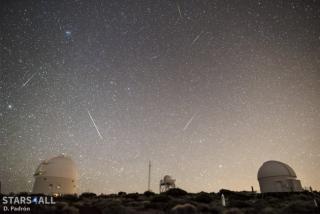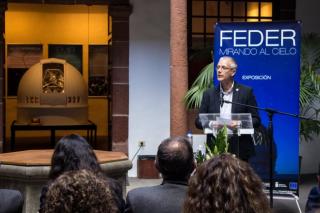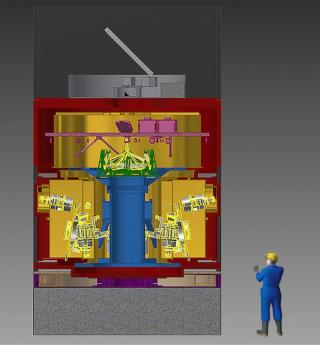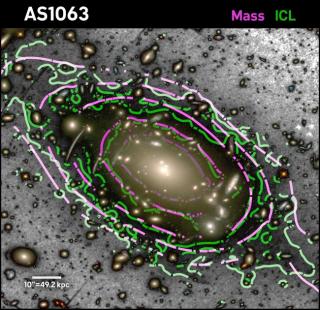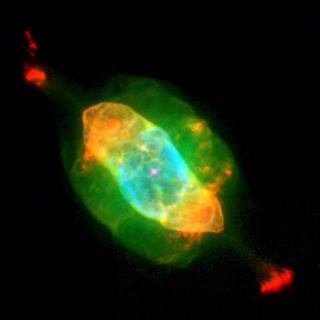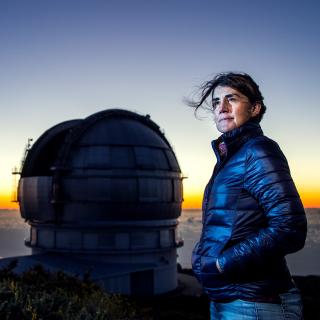
Casiana, an astrophysicist expert in galaxies, and Principal Investigator of the international collaboration ESTALLIDOS, will also lead the Sky Quality Group of the Canary Island Observatories. She succeeds the astrophysicist Carlos Martínez Roger who recently retired.
Advertised on
